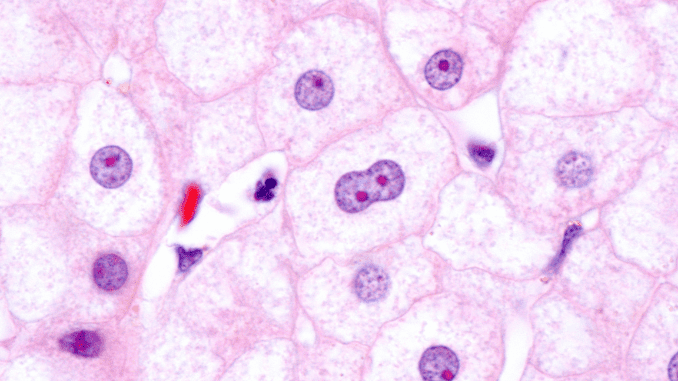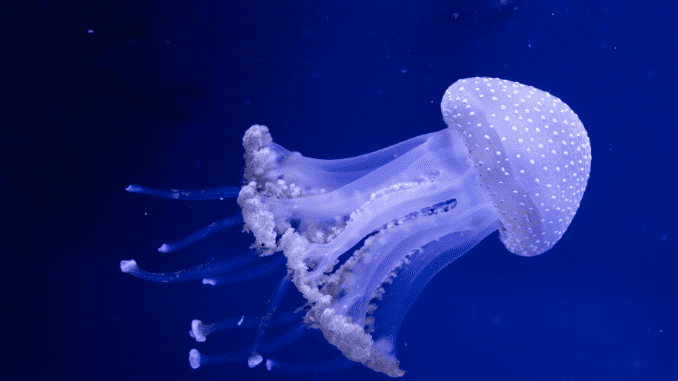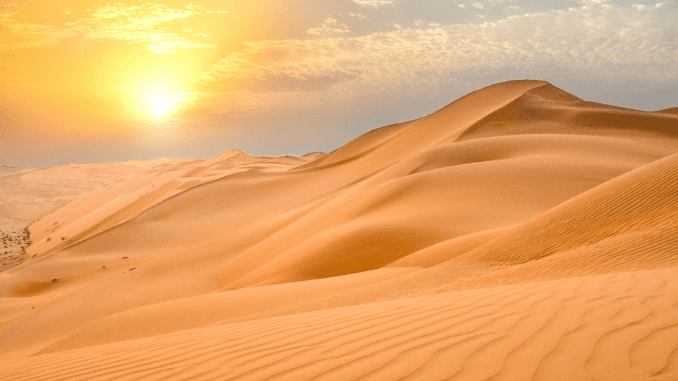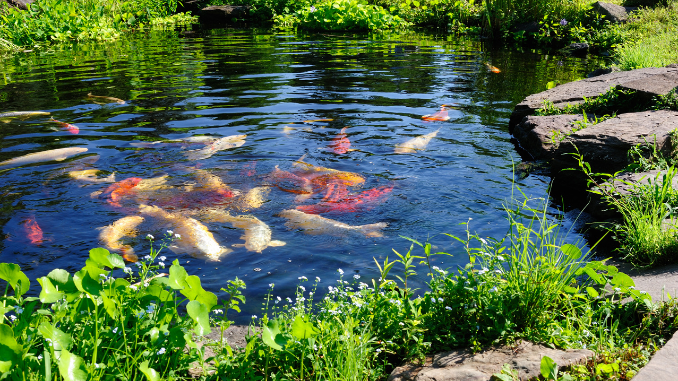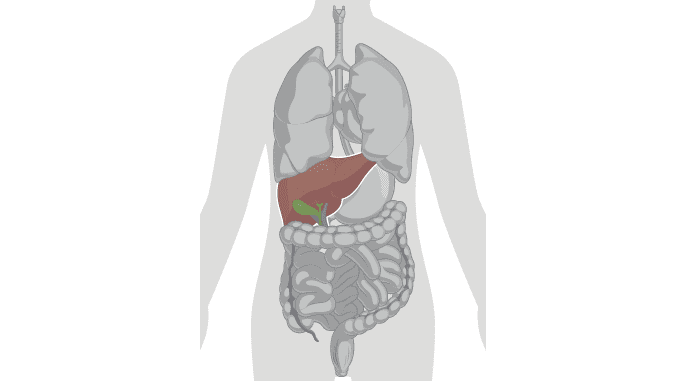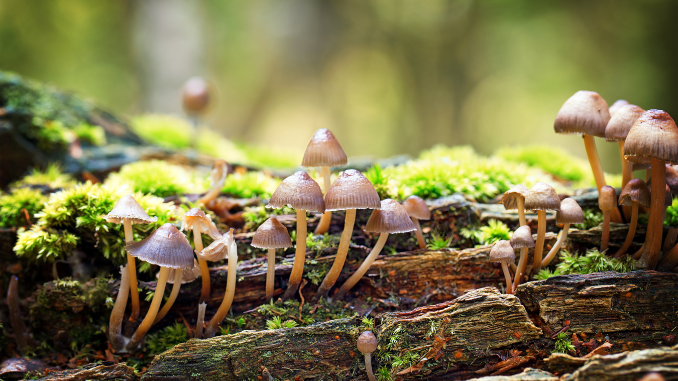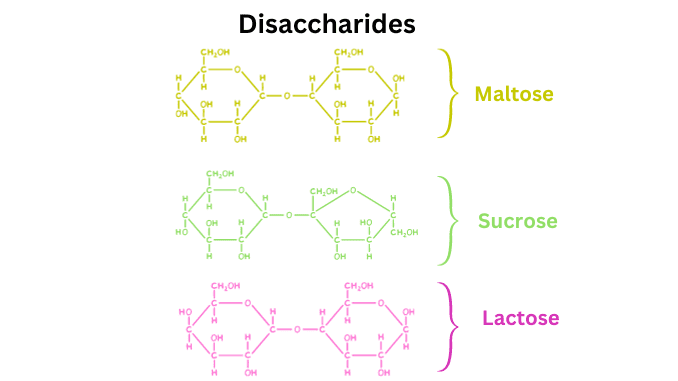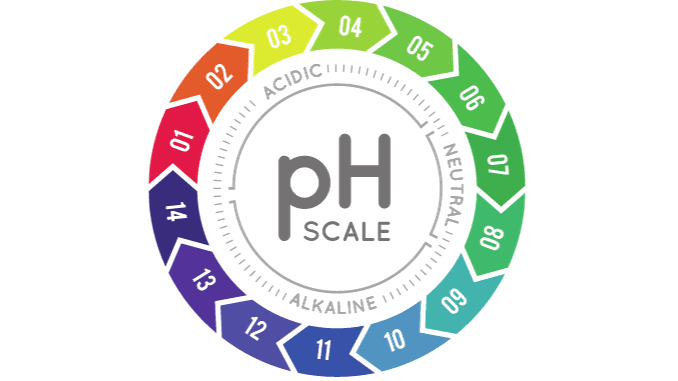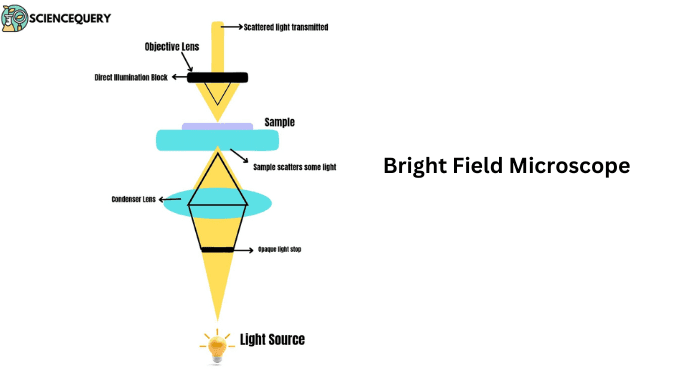What is amitosis in cell division
Introduction Cells can reproduce from new cells. Continuity of life depends on cell division. In unicellular organisms, cell division is the means of reproduction. Multicellular organisms develop from a single-cell zygote which undergoes repeated cell division to differentiate into a new individual. There are three different processes of cell division namely amitosis, mitosis, and meiosis. […]
What is amitosis in cell division Read More »

